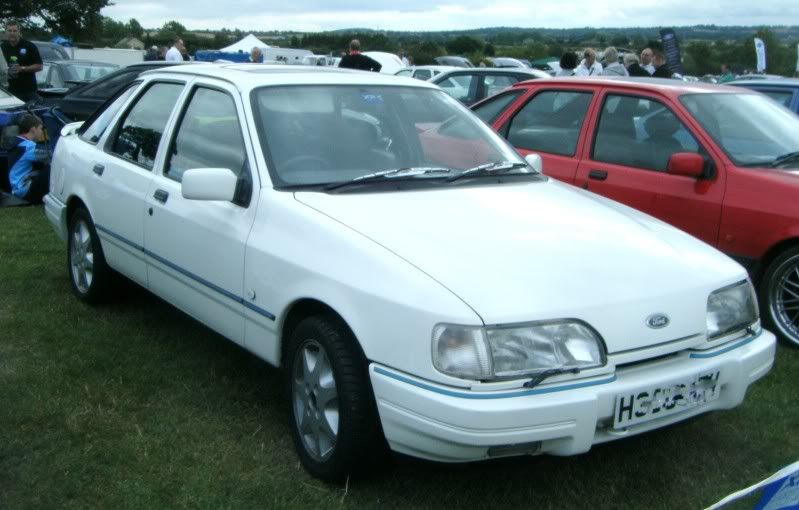 |
| More interesting than the VW Beetle? |
Why is that a worry? Well these cars aren't likely to be cared for, they're nearly worthless and they're getting very old. They're all dangerously close to that point where the slightest bill, even the cost of a set of tyres could provoke the owner in sending it to the scrap heap. Most cars reach this tipping point by 10-15 years or so, and the majority of Escorts sit exactly in that bracket, with their older siblings already long since crushed.
This inevitably means that numbers will drop very sharply in the next 3-5 years. Why should we care? After all, isn't the Ford Escort the epitome of disposable A-to-B transport? It was cheap to buy, cheap to run and said very little about you other than the basic idea that you needed a car and you wanted a safe bet. That's all true. But it was more than that. It was a modern day Ford Model T, a car for the masses that did exactly what people needed it to do, and no more. However, unlike the VW Beetle, say, ownership of the Escort does not lend itself to clichéd stereotypes. It does not require you to wear rose tinted glasses of nostalgia to put up with weedy engines, poor ergonomics and disastrous handling flaws. Ford haven't tried to re-invent the idea as a toy to appeal to the monied middle class whose working class parents might have owned the cheap, functional original, like a MINI perhaps. The Escort still works as a modern car today, especially later ones with electronic fuel injection. Any 17 year old with a licence could get into one and just drive it away without a lecture from a boring old fart on how to drive the thing properly.
We should cherish this form of motoring. These cars (and other mainstream motors of the day) represent the last of their breed. You can fix these yourself without recourse to buying dodgy eBay rip-offs of manufacturer diagnostic systems from China. You don't need special tools, just basic knowledge on internal combustion engines. And despite the simplicity, an Escort will still get you to work, or college, or the doctor's or whatever. It will still keep you dry when it rains. You can put your groceries in the boot. You can play music in it and chuck it down a B-road on a sunny summer's day. Compared to cars of earlier times, they don't tend to go wrong that much, or need constant tuning. What more do you need from a car?
And you know what? After all this time, some versions of the Escort are actually dating very well in my eyes, especially the 1980s ones, before the infamous early 90s when Ford nearly ruined the car with sloppy revisions. The XR3i is well worth looking for, if you can find a good clean one. They look quite precarious now, with numbers dropping from about 10,000 in 1994 to just 400 on the road now, half of them convertibles.
Get a good one in your garage now and look after it. Don't let them all end up like this:
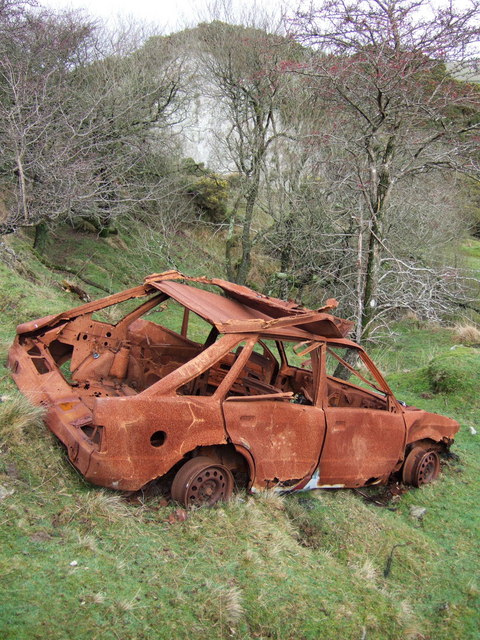 |
| My old Escort, maybe? |
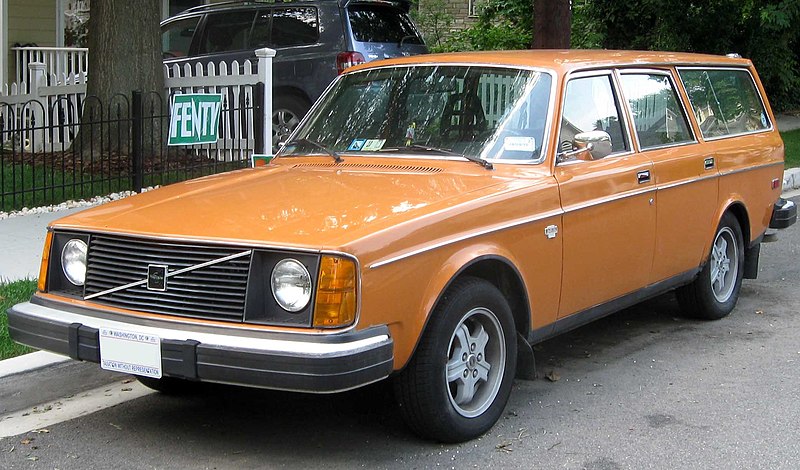
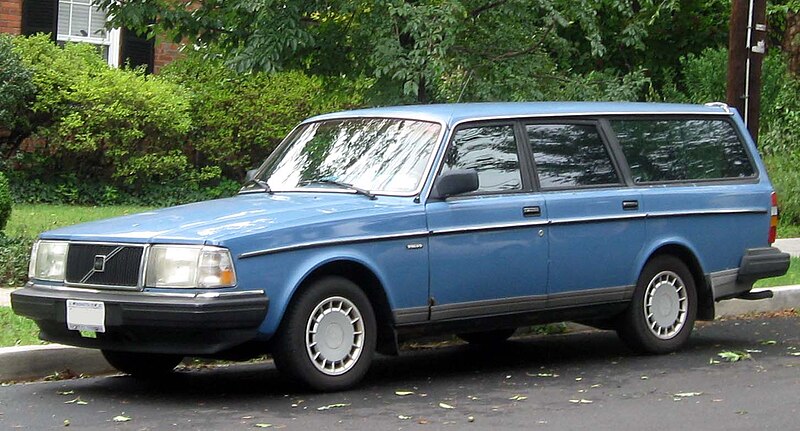

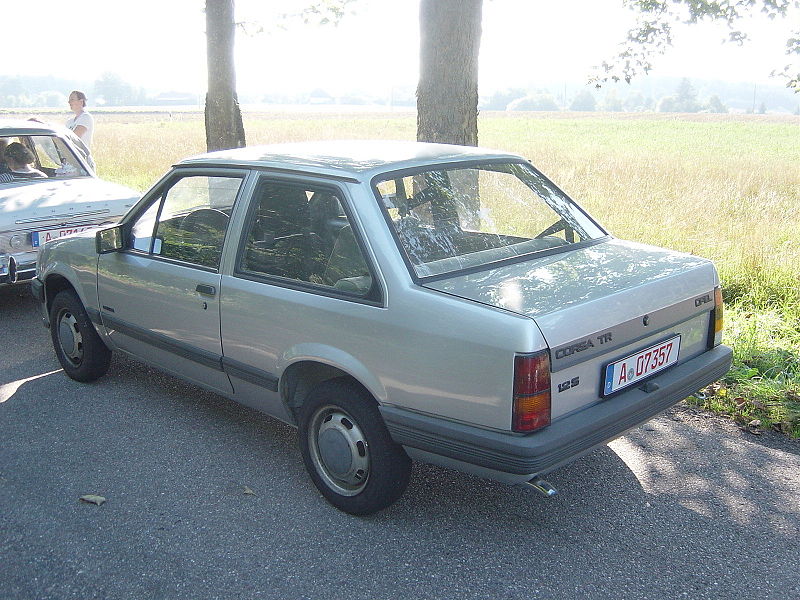

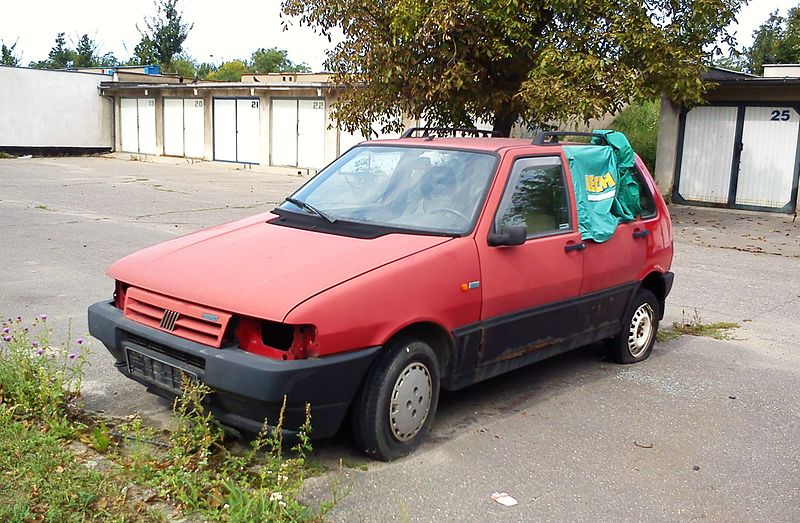
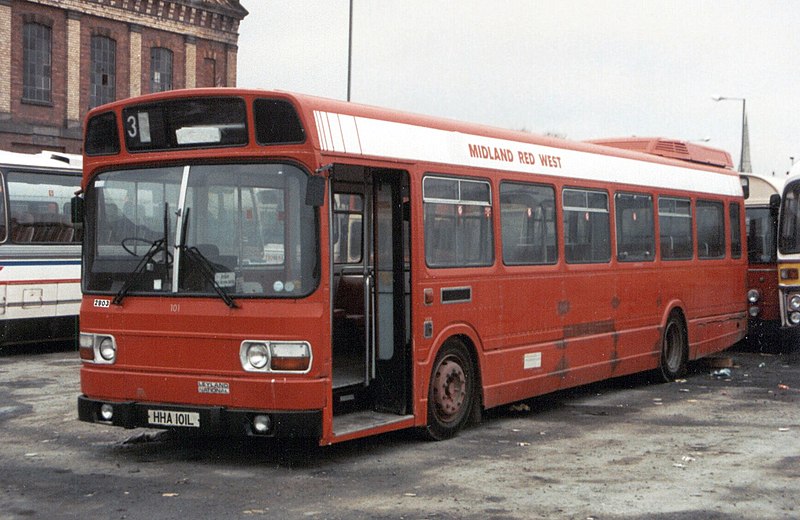



.jpg/799px-Ford_Sierra_mit_Baustelle_(cropped_version).jpg)
